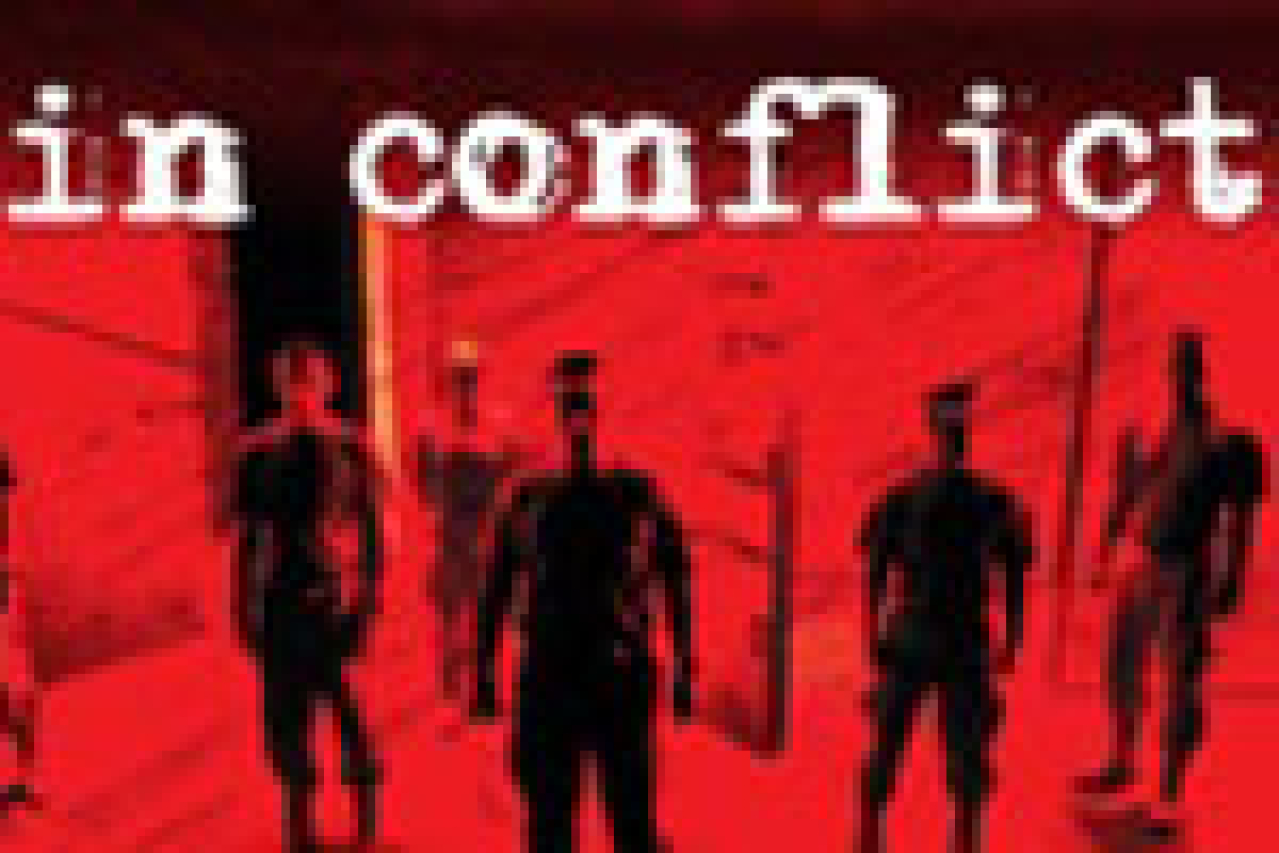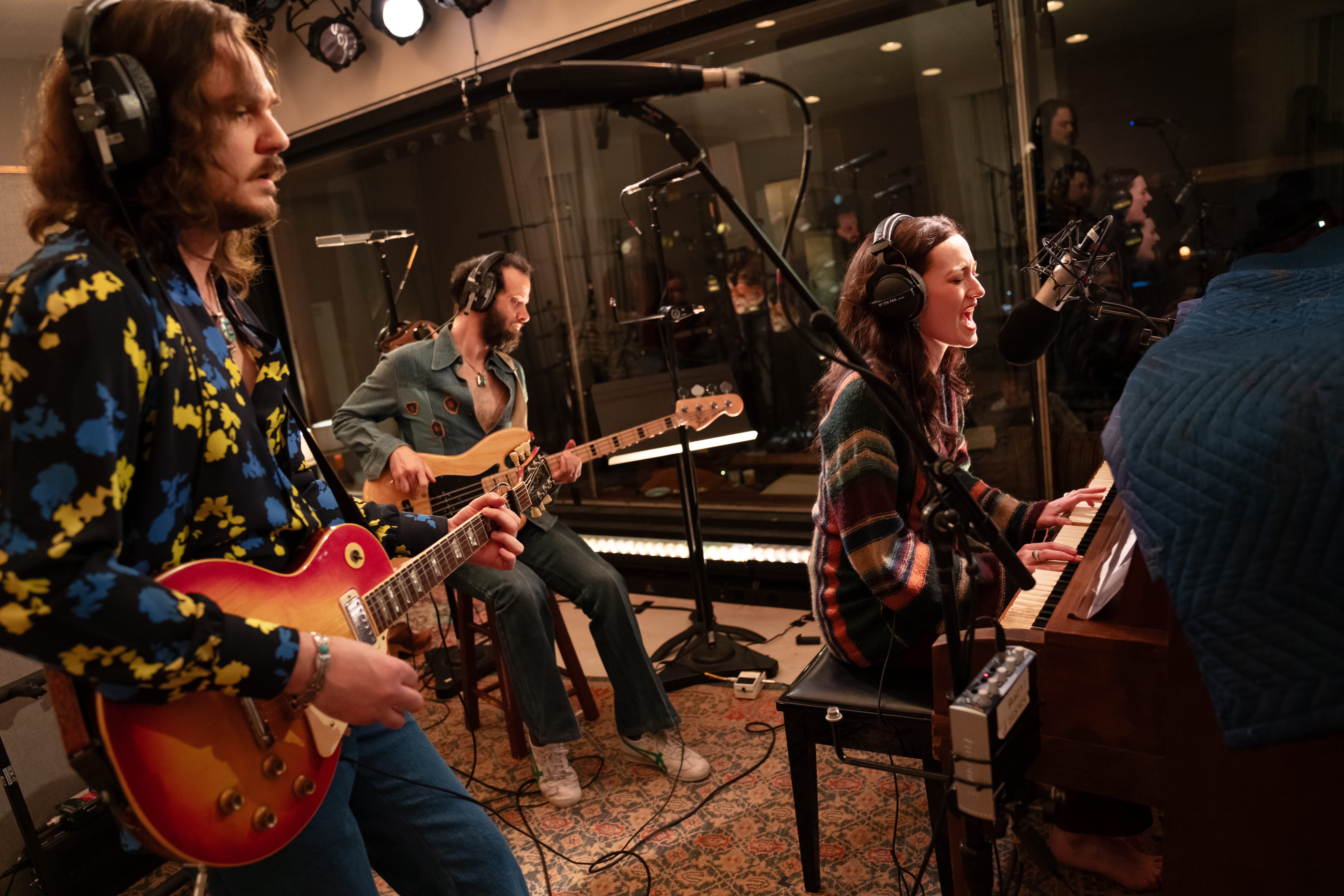In Conflict

(© Ryan S. Brandenberg)
The problem with In Conflict, now being presented by the Culture Project at the Barrow Street Theatre, is that while it can be powerful from time to time, the effectiveness of this potentially strong piece is largely and consistently undermined as the result of well-intentioned adapter Douglas C. Wager’s choices in his double capacity as director.
Based on Yvonne Latty’s In Conflict: Iraq War Veterans Speak Out on Duty, Loss, and the Fight to Stay Alive, the play is essentially a series of verbatim testimonies adding up to an argument for post-traumatic stress syndrome being indisputably epidemic. Sixteen officers and enlisted men talk with candor and glints of heroism about their experiences. A number of them describe their feelings about the incalculable loss of limbs, sometimes with almost convincing cheerfulness and sometimes with bitterness. The most bitter may be private first class Herold Noel (Damon Williams) who says of his mental problems, “You can’t see my amputation…can’t nobody give me a prosthetic mind or whatever.”
Throughout the two-act work, the first-person speeches contain new information told from a different perspective or familiar info worth hearing again. Enlisted Vietnam vet Ty Simmons (Tom Rader), dispatched to Baghdad and environs these many years later, says, “With Iraq, you had a whole command structure that had never been in a conflict before.” A soldier named Darryl Anderson (Tim Chambers), who refers to himself as “a terrorist,” says towards the end of his irate soliloquy, “Sending me out there for another year and a half, that’s not supporting your soldiers. People put up those yellow ribbons, and they say they support us. I can’t see [the ribbons] from Iraq.”
In dramatizing Latty’s investigative report, Wager clearly believes he’s obligated to make it stageworthy. So he goes about making it theatrical and thereby cheapens it. More than once, he gives in to the foolish temptation to simulate fight conditions. Preceding the interview given by Army captain Jon Soltz (Ethan Haymes), which occurs in a Fort Dix cafeteria, he has cast members parade through carrying metal trays. Later, four players unfold American flags, lie down and pull the flags over them, apparently as reminders of deceased soldiers brought home in flag-covered coffins. Cast members are continually maneuvering five panels on one side of which set designer Andrew Laine has sections of a begrimed flag and on the other sections of a large map of Iraq and Syria.
Then there are the impersonations. It’s one thing to see actual participants speaking; it’s quite another to watch actors, most of whom are connected with the play’s Temple University origins and none of whom are veterans. While many of them give fine performances, the audience is always aware they’re acting — an unfortunate distraction from what really matters here. Somehow, it’s wrong listening to the gallantry of Tammy Duckworth (Suyeon Kim), who’s found a way to cope with losing her legs, and simultaneously wondering how costume designer Marian Cooper accomplished the effect.











